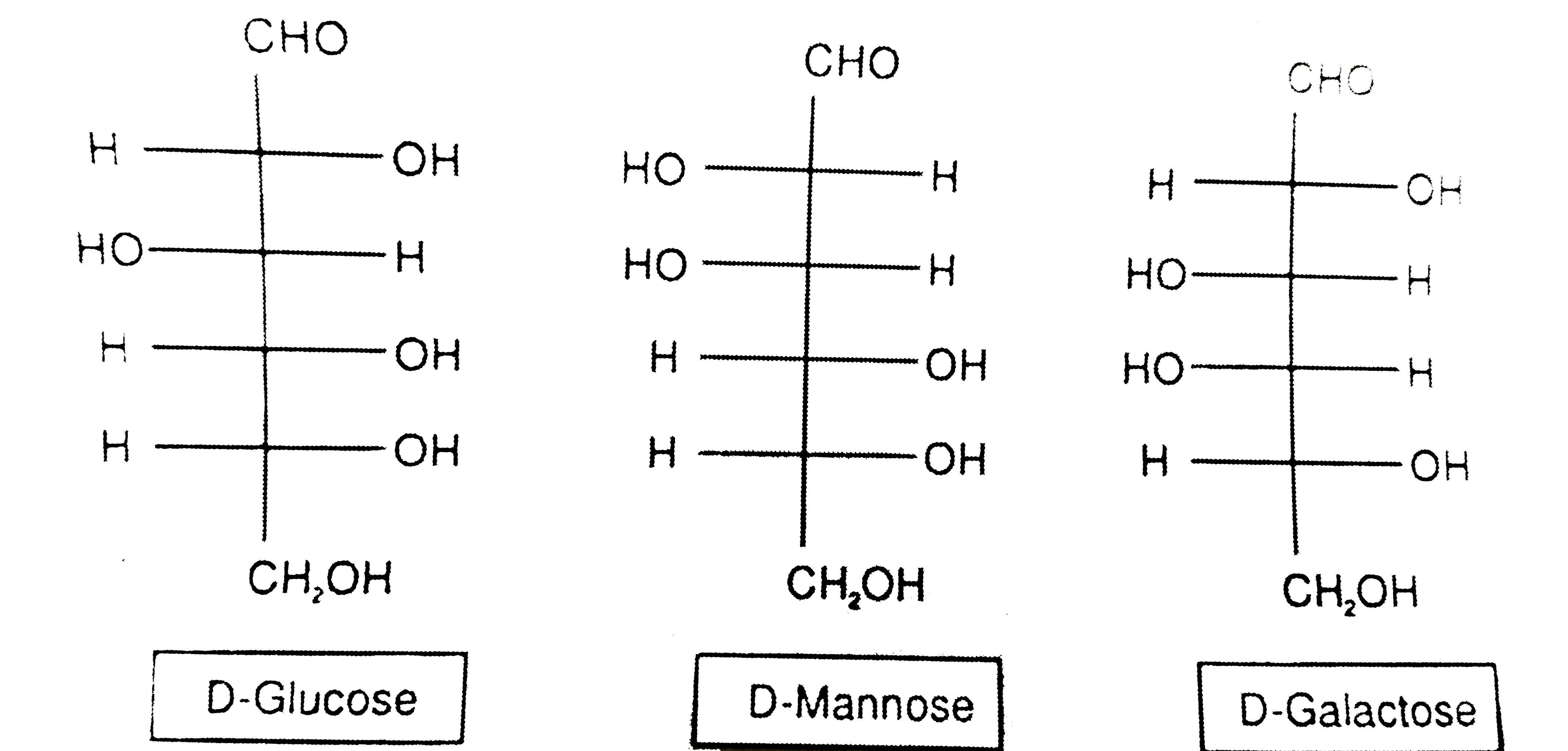Explain the anatomical structure of forelimb of man and relate its homology with any other non-mammalian animal.
Step-by-Step Solution:
1. Introduction to the Forelimb of Man:
- The forelimb of a human consists of several key bones that contribute to its structure and functionality.
2. Bones of the Human Forelimb:
- Upper Arm: The upper arm is primarily made up of a single long bone called the humerus.
- Lower Arm: The lower arm consists of two bones:
- Radius: Located on the thumb side of the forearm.
- Ulna: Located on the opposite side of the radius, it is typically larger and longer.
- Wrist: The wrist contains a group of small bones known as carpals.
- Hand: The hand consists of metacarpals (the bones of the palm) and phalanges (the bones of the fingers).
3. Homology with Non-Mammalian Animal:
- To illustrate the concept of homology, we can compare the human forelimb with the wing of a bird.
- Similarities: Both the human forelimb and the bird's wing share a similar arrangement of bones:
- The humerus, radius, and ulna are present in both structures.
- The carpals, metacarpals, and phalanges are also present in both, although they may be modified in shape and function.
- Differences: The primary difference is that the bird's wing is adapted for flight and is covered with feathers, while the human forelimb is adapted for manipulation and is not covered with feathers.
4. Conclusion:
- The anatomical structure of the forelimb in humans and birds demonstrates the concept of homology, indicating that these limbs have evolved from a common ancestor, adapted to different functions over time.
- The forelimb of a human consists of several key bones that contribute to its structure and functionality.
- Upper Arm: The upper arm is primarily made up of a single long bone called the humerus.
- Lower Arm: The lower arm consists of two bones:
- Radius: Located on the thumb side of the forearm.
- Ulna: Located on the opposite side of the radius, it is typically larger and longer.
- Wrist: The wrist contains a group of small bones known as carpals.
- Hand: The hand consists of metacarpals (the bones of the palm) and phalanges (the bones of the fingers).
- To illustrate the concept of homology, we can compare the human forelimb with the wing of a bird.
- Similarities: Both the human forelimb and the bird's wing share a similar arrangement of bones:
- The humerus, radius, and ulna are present in both structures.
- The carpals, metacarpals, and phalanges are also present in both, although they may be modified in shape and function.
- Differences: The primary difference is that the bird's wing is adapted for flight and is covered with feathers, while the human forelimb is adapted for manipulation and is not covered with feathers.
- The anatomical structure of the forelimb in humans and birds demonstrates the concept of homology, indicating that these limbs have evolved from a common ancestor, adapted to different functions over time.
Topper's Solved these Questions
- BOOK - PEARSON IIT JEE FOUNDATIONCHAPTER - EVOLUTIONEXERCISE - ASSERTIONS AND REASONS8videos
EVOLUTION
- BOOK - PEARSON IIT JEE FOUNDATIONCHAPTER - EVOLUTIONEXERCISE - ASSESSMENTS TESTS16videos
EVOLUTION
- BOOK - PEARSON IIT JEE FOUNDATIONCHAPTER - EVOLUTIONEXERCISE - MASTERING THE CONCEPTS (Knowledge and Understanding)26videos
EVOLUTION
- BOOK - PEARSON IIT JEE FOUNDATIONCHAPTER - ECOLOGYEXERCISE - QUICK RECAP3videos
ECOLOGY
- BOOK - PEARSON IIT JEE FOUNDATIONCHAPTER - LIFE PROCESSES IN HUMAN BEING-I (DIGESTIVE AND EXCRETORY SYSTEMS)EXERCISE - ASSESSMENT TESTS (ANSWER THE QUESTIONS)7videos
LIFE PROCESSES IN HUMAN BEING-I (DIGESTIVE AND EXCRETORY SYSTEMS)
Similar Questions
Knowledge Check
- Question 1 - Select One

The above structures are related to each other asAidentical substanceBdiastereomersCenantiomersDepimers - Question 2 - Select One
Of the following anatomical structures, which is homologous to the wing of a bat?
Athe arm of a humanBthe wing of a butterflyCthe tail of a fishDthe dorsal fin of a shark
Draw the structure of a neuron and explain its function.
View SolutionExplain the structure of benzene and give its important chemical reactions.
View SolutionWhat is meant by 'functional structure' of an organisation? State its any two advantages.
View SolutionGive the structure of graphite and explain its one property based upon structure.
View SolutionAre the magnetic quantum number and angular momentum of an electron related to each other? Explain.
View SolutionAre the magnetic quantum number and angular momentum of an electron related to each other? Explain
View Solution

